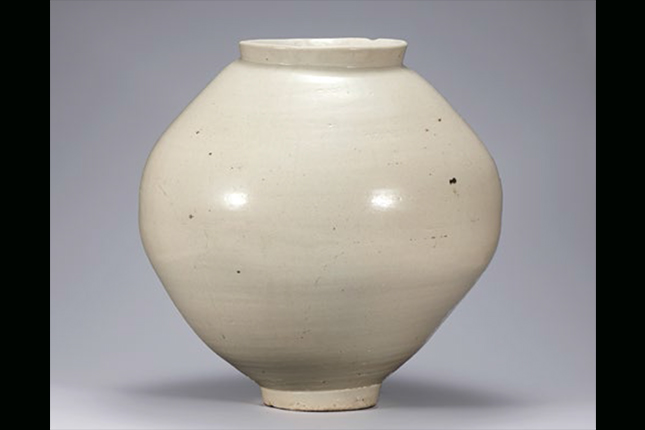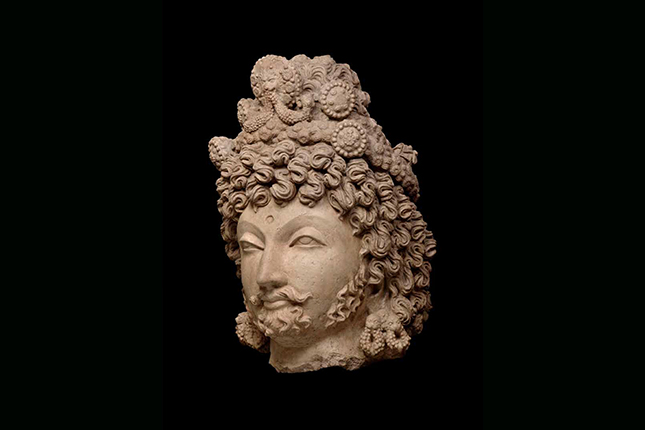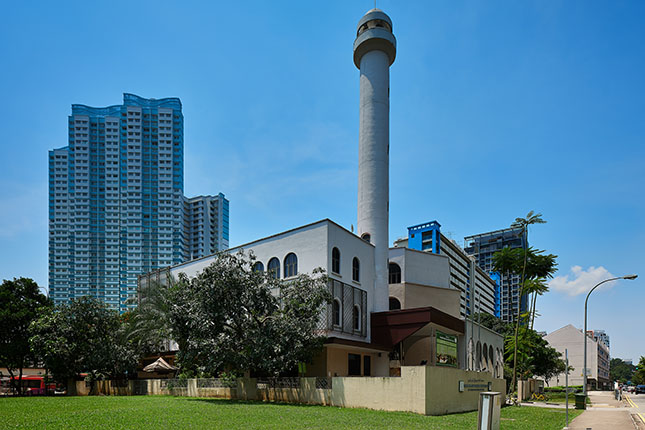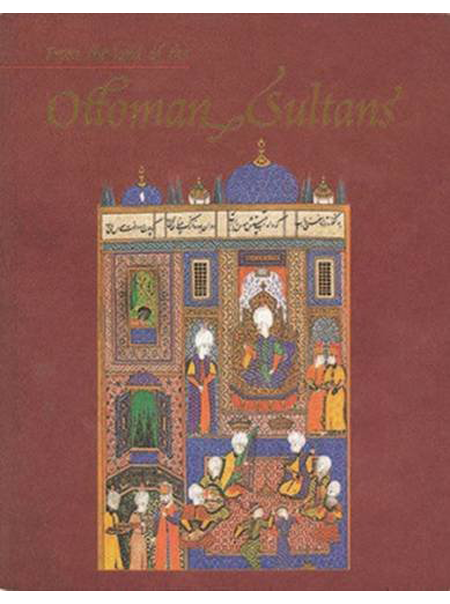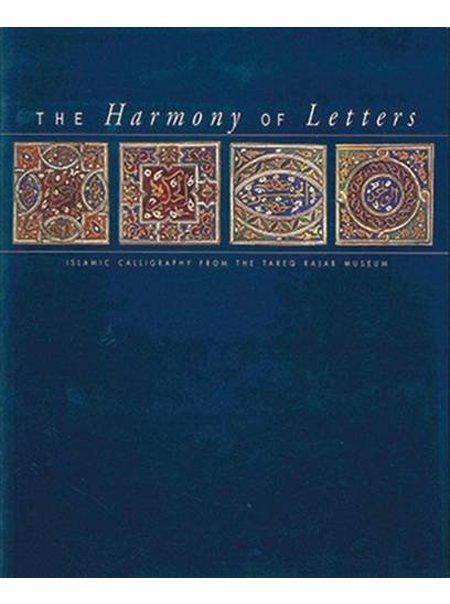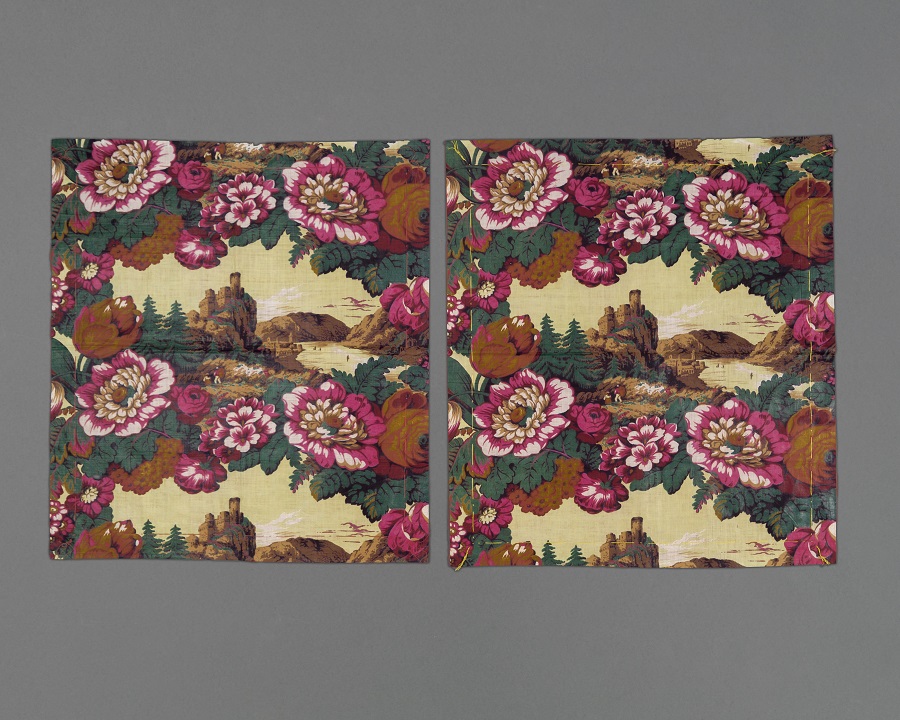Text by Clement Onn
MuseSG Volume 5 Issue 3 – Jul to Sep 2012
Treasure of the Aga Khan Museum: Architecture in Islamic Arts explored concepts of architecture and decoration in Islamic cultures through marvellous paintings, metalwork, ceramics and architectural elements. Itto offer insights into Islamic civilisations and their art and, in the process, foster knowledge and better understanding between Islamic societies and other cultures. The exhibition featured over a hundred works of art from various periods in the Islamic world spanning across Iran, India, Turkey, Syria, Spain, Egypt and China. All works of art were drawn from the collection of the Aga Khan Museum, which opened in 2014 in Toronto, Canada. Leading to the opening of the new museum, this exhibition travelled to three venues: the State Hermitage Museum, St Petersburg; the Islamic Arts Museum Malaysia, Kuala Lumpur; and the Asian Civilisations Museum (ACM).
At the ACM, the exhibition was divided into five sections that explored different concepts of space in religious and secular environments. Fortress and the City encompassed forts and fortified towns; Sacred Topographies used drawings and certificates to explore sites and monuments of Islamic pilgrimage; Religious and Funerary Architecture examined the importance of mosques and shrines; The Palace looked at the residences and lifestyles of royal courts; and, finally, Gardens, Pavilions and Tents discussed the importance of outdoor aesthetics and being close to nature.
Dr Pedro Moura Carvalho, Chief Curator at the ACM and lead curator of this exhibition, restructured the exhibition from its arrangement at the previous venues to put greater emphasis on these five themes. The exhibition gave visitors an opportunity to learn more about Islamic manuscript paintings, in particular, and to understand more of the diverse Islamic artistic traditions. Visitors who saw the exhibition at the previous venues would have been delighted to find the same works of art reinterpreted in Singapore.

Folio 93v from a manuscript of the Kulliyãt (collected works) of Sa dí
Mughal India, about 1604
Watercolour, ink and gold on paper
© Aga Khan Trust for Culture.

Folio 93v from a manuscript of the Kulliyãt (collected works) of Sa dí
Mughal India, about 1604
Watercolour, ink and gold on paper
© Aga Khan Trust for Culture.

From a manuscript of the Tuhfet ul-leta if (Curious and Witty Gifts) by Ali ibn Naqib Hamza
Ottoman Turkey, dated 1002 AH / 1593–94
Watercolour, ink, gold and silver on paper, 35.1x21cm
© Aga Khan Trust for Culture.
Fortress and The City
The exhibition began by looking at the concept of fortified towns and medieval landscape development through paintings and various architectural elements. Images of forts, towns, enclosures, citadels and shrines are represented in the painting traditions of Ottoman Turkey (1299 - 1923), Safavid Iran (1501 - 1722) and Mughal India (1526 - 1858). Towns and palaces protected by tall walls and majestic gates often appear on the horizon in paintings. The scenes tend to be shown from a bird’s-eye view, which enabled the painter to depict a large fortress in the limited space of a painting. Very often they were created from the imagination of the painter rather than from direct observation. These imagined fortified structures enhance the grandeur and awe of fabled towns and emphasise the city’s impenetrability against hostile forces. Other paintings on display show urban landscapes depicting people, markets, houses, mosques and shrines inside towns.

From a manuscript of the Dala’il al-khayrat (Guidelines to Blessings) by Muhammad ibn Sulayman-al-Jazuli
Probably Ottoman Turkey, dated Muharram 1233 AH / November 1818
Watercolour, ink and gold on paper; lacquered and gilt leather binding, pages 13.7 x 8.5 cm
© Aga Khan Trust for Culture.

Hijaz or possibly India, dated 1202 AH / 1787–88
Watercolour, ink and gold on paper, 918 x 45.5 cm
© Aga Khan Trust for Culture.
Sacred Topographies
The Kaaba in the Masjid al-Haram (sacred enclosure) at Mecca stands at the heart of Islam. It provides the focus for the orientation of prayer and for the hajj, the pilgrimage to Mecca that is a duty of every Muslim, provided they have the means and good health to do so. Other major pilgrimage sites include the Mosque of the Prophet at Medina, and the shrine of the Imam Reza in Mashhad, Iran. Representations of the Kaaba and other pilgrimage sites in manuscripts, manuals and certificates, and on ceramics were made as keepsakes for pilgrims and, in some cases, for verification purposes. In this section of the exhibition, the works of art are displayed in a stunning cubic structure which is five metres tall by five metres wide. This cube offers an intimate and serene space to view objects related to the hajj. Just as the Kaaba at Mecca stands at the heart of Islam, the cube aims to invoke a sense of the sacred topography and stands at the very centre of the exhibition gallery.

From an illustrated manuscript of the Nigaristan (anecdotes on early Muslim figures) by Ahmad ibn Muhammad Ghaffari
Safavid Iran, Shiraz, dated 980 AH / 1573
Watercolour, ink and gold on paper, 38.4 x 23.7 cm
© Aga Khan Trust for Culture.

Folio from a dispersed manuscript of the Fãlnãma (Book of Divinations)
Iran, Qazwin, mid 1550s or early 1560s
Watercolour, ink and gold on paper
© Aga Khan Trust for Culture.
Religious and Funerary Architecture
The practice of Islam does not require specific buildings for worship or to commemorate the dead. As long as they orient themselves towards Mecca, Muslims may pray in their own home or outdoors. Nevertheless, people have always turned to architecture to monumentalise their faith and to commemorate their dead. As a result, mosques, tombs and shrines represent some of the greatest monuments built in Islamic lands. The mosque is a space for ritual prayer and stands at the heart of Muslim religious life, while tombs and shrines became the focus of pious visitation. Works of art in this section highlight the rich adornment of such architectures through paintings, textiles, ceramics and carved wooden beams, many of which are inscribed with Qur’anic verses, as well as complex floral and geometric patterns.

Iran, possibly Kashan, late 13th or early 14th century
Glazed fritware
© Aga Khan Trust for Culture.

Mughal India, Faizabad, about 1765 to 1770
Watercolour and gold on paper, 50.2 x 69 cm
© Aga Khan Trust for Culture.
The Palace
The grand appearance of palaces, both inside and out, was intended to magnify the aura of kingship and create awe in visitors and residents alike. These magnificent structures often exhibit the artistic and architectural creativity of local traditions. In paintings, palace scenes tend to depict the courtly pleasures of feasting, hospitality, performing arts and music in richly ornamented interiors. Decorative ceramics, painted stucco, textiles, along with carved stone and wood can be seen in painted representations of palace life, which suggests a luxurious taste for aesthetic beauty.

From the Shahnama of Firdawsi Safavid Iran, Tabriz, about 1530
Watercolour, ink, gold and silver on paper, 47.1 x 32 cm
© Aga Khan Trust for Culture.

Qajar Iran, first half of the 19th century
Oil on canvas, 152.5 x 134 cm
© Aga Khan Trust for Culture.
Gardens, Pavilions, and Tents
Gardens are often referred to as an earthly version of the paradise promised in the Qur’an. Surah al-Rahman (Qur’an 55, on “The Merciful”) mentions a paradise that includes gardens, pavilions, carpets, flowing springs, evergreen trees and fruits. Many early Muslim rulers hailed from arid lands, such as the desert of Arabia, North Africa and parts of Iran and central Asia. Perhaps because of this barren heritage, they developed a keen interest in garden cultivation, water irrigation and appreciation of nature. Permanent and temporary structures like outdoor pavilions and tents were used to bring people and their affairs into closer proximity with nature. The use of tents and carpets not only enhanced the beauty of the natural environment, they were essential for dynasties such as the Timurids, for whom they were reminders of their nomadic past. As a result, courtly audiences and ceremonies in pavilions and tents are commonly depicted in manuscript paintings from the 15th century onwards.
Among the highlights of the exhibition are pages from the Shahnama, the epic historical poem written by the Persian poet Firdawsi in the late 10th century, and reproduced in marvellous illustrated editions. A folio produced for the Safavid king, Shah Tahmasp (1514 - 1576), is one of the most celebrated works in the Islamic world; pages from it are on display, along with other manuscript paintings and folios. There is a rare 18th-century hajj certificate with an inscription that includes the name of the surrogated pilgrim and the requestor. Architectural elements are also featured, such as a muqarnas from late 15th or 16th century Spain, ornamental doors from 15th-century Timurid Iran and 16th-century Iznik tiles from Turkey. Other works of art – in ceramic, metal, stone, wood, and painted or drawn on parchment and paper – present an overview of the artistic accomplishments of Islamic civilisations from the Iberian Peninsula to China.
His Highness The Aga Khan and The Aga Khan Development Network
His Highness the Aga Khan, founder and chairman of the Aga Khan Development Network, is the 49th hereditary Imam of the Shia Ismaili Muslims as of 2012. In the context of his hereditary responsibilities, His Highness the Aga Khan has been deeply engaged with development and education in Asia and Africa for more than 50 years.
The Aga Khan Development Network is a group of private, non-denominational agencies working to improve the quality of life for people in many parts of the developing world.
This exhibition was held in collaboration with the Aga Khan Trust for Culture, one of the agencies in the Development Network. The Aga Khan Trust for Culture focuses on culture as a means of enhancing the physical, social and economic revitalisation of communities in the Islamic world. Some of its programmes include the Aga Khan Award for Architecture, the Aga Khan Historic Cities Programme, the Music Initiative in Central Asia and the upcoming project – the Aga Khan Museum in Toronto.
The Aga Khan Museum, Toronto
Opened in 2014, the Aga Khan Museum houses the art and objects assembled by His Highness the Aga Khan and his family, comprising some of the most important works of Islamic art in the world. The museum is dedicated to the collection, research, preservation and display of objects of artistic, cultural and historical significance from various periods and geographic areas in the Muslim world.
Clement Onn is Curator, Cross Culture, Asian Civilisations Museum.










